Husqvarna North Island Farm Forester of the Year 2018 - Dean Satchell
New Zealand Tree Grower May 2018.
The winner of the 2018 North Island Farm Forester of theYear award was not born into land, money, horticulture or forestry. In fact, growing up in suburban Auckland would probably have steered most in a direction far from practical forestry. This is a story about perseverance, vision, a goal of leaving things in a better state than before and without messing up the environment in that pursuit.
The winner of the 2018 North Island Farm Forester of the Year award was not born into land, money, horticulture or forestry. In fact, growing up in suburban Auckland would probably have steered most in a direction far from practical forestry. This is a story about perseverance, vision, a goal of leaving things in a better state than before and without messing up the environment in that pursuit.
It has involved investment mostly for the benefit of others with a fair amount of careful but enthusiastic experimentation thrown in. Our recipient has established a modest home and nursery business with a minute environmental footprint on a picturesque one hectare on the outskirts of Kerikeri.
Dean went to Auckland University to study accountancy and commerce but he became disenchanted with how those skills were used to support entities which put profit ahead of all else, including the management of the planet’s resources. He quickly abandoned that chapter of his life and headed up to Northland where he could pursue his interest in growing trees and making the world a better place, perhaps even helping to heal a few scarred bits along the way.
Dean’s interest was in growing commercial trees, not amenity horticulture. The trees he wanted to grow had to be useable without being pumped full of chemical preservatives. It was when he had moved to his first small block of land at Tangateroria west of Whangarei, to set up a tree nursery, that he discovered several things which would shape his life and the path that it led him. His natural aptitude for science which previously had never been kindled eventually resulted in extramural studies towards the completion of an applied science degree from Massey University with a focus on soil science, and more recently an MSc at Canterbury University focussing on processing Eucalyptus nitens.
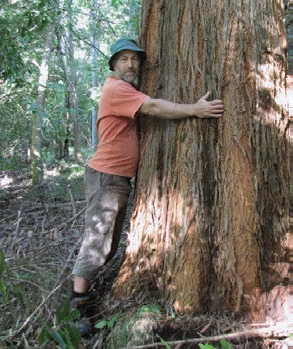
He also discovered farm forestry and simultaneously all the wonderful durable eucalypt species which were growing in Northland at the time. Lastly, he discovered two people who would be extremely influential in the direction of his forestry experimentation and plantings. Jim Cox, a retired forest service forester and Richard Davies-Colley, a sawmiller and active farm forester.
He met Jim and Richard at a mid-north farm forestry field day in a stand of trees just down the road from where he was living in early 1990. This stand and the way it was production thinned influenced Dean’s mantra around looking after and extracting value for the grower as well as the sawmiller. As Dean put it ‘...the sawmiller came in and skimmed off the cream but left a huge amount of value on site because it was deemed too hard’. In typical Dean style he organised a mate with an old truck and a small portable mill to come and obtain value out of the head logs to benefit the grower.
A place too far
Dean’s first nursery at Tangateroiria was in his own words ‘too far from where the people lived who might potentially grow his trees’. However, it was situated in an area with a long history of exotic hardwood planting that influenced the species mix of his future product lines. After a time he sold up and moved on to a small block of land at Kauri, just outside Whangarei to be closer to many of his potential clients. It was at his Kauri site that he met two clients who would eventually become good friends and important investment partners.
The first was Sandy McKay, an American expatriate who was setting up a glass house horticultural venture with her husband. Adjacent to the glasshouses was a hillside covered in gorse that she wanted to make something of, so a joint venture planting was set up between Sandy and Dean. In Dean’s words ‘... there was this massive hillside of 2.5 metre-high gorse that needed planting in something productive, but I did not want to clear it all so I donned a leather jacket and helmet and set off with my tiny chainsaw to cut tracks and light wells into the stuff’. After 25 years there is now a wonderful park-like environment with not a single gorse bush in sight, but with a collection of really magnificent exotic hardwood forest trees.
Establishing a forest
The second client was another expatriate, a Swiss called Ricco Legler. He had purchased over 200 hectares of recently harvested pine forestry land which was reverting to gorse. He had started to replant by himself but was struggling to get advice on the species mix that he could grow and how to establish them effectively. He wanted his forest established using organic principles, including the selection of tree stock that would give rise to a forest which would grow species and which did not require artificial chemical preservatives to make them fit for purpose in their intended end use.
These demands were placed on a site that was fairly impoverished due to earlier mismanagement. It also had some big challenges in terms of the variability of the soils, ranging from gravelly volcanic loams at one extreme to podsolised clays at the other, and weeds, particularly rampant gorse and blackberry. Dean had to undertake many roles in the establishment of this forest − species consultant, nurseryman, tree planter, silviculture manager as well as joint venture partner on an adjacent 20-hectare portion of the block.
Experimentation
It is in this joint venture portion of Horowai forest trust that the early experimentation with respect to species and provenances, regimes, shelter, fertiliser intervention and what to do when all else fails took place. It is Dean’s experimental altruism which shines here.
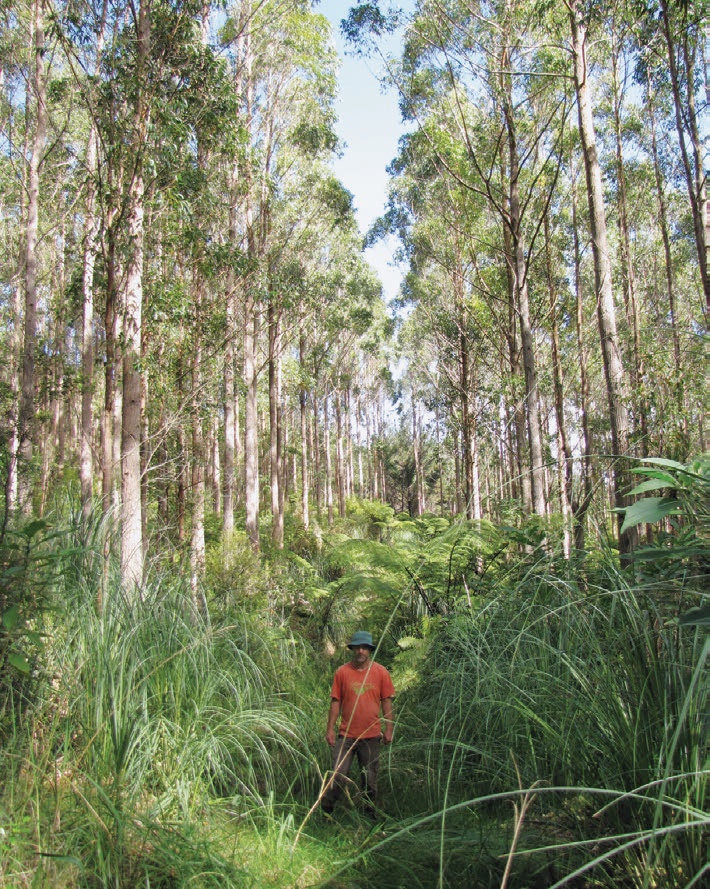
His joint venture block, which was meant to be his retirement income stream, effectively turned into a learning exercise for both himself and Ricco. The saving grace on income was that Dean grew the majority of the forest stock for the rest of the 200 hectares and was paid to establish and manage it. A key factor in the establishment of this forest estate was the fact that Ricco was prepared to spend money on mechanical land preparation, including sweeping debris, roller crushing and experimental mechanised spot cultivation of planting sites.
The things that worked against them initially was a lack of knowledge about where some species successfully grew best in this difficult and variable site, the current wisdom around site selection and species, and the availability of reliable sources of seed that contained the species that they were sold as.
During the establishment phase there always was a plan B and C based on the initial trials. Currently Horowai forest and the joint ventures can be divided by species into equal quarters of cypresses, eucalypts, radiata pine and native retirement. It was during the establishment phase of Horowai that Dean sold his land at Kauri, which was a 90 minute drive from the forest, and moved to his current location outside of Kerikeri, only a 15 minute journey from the forest.
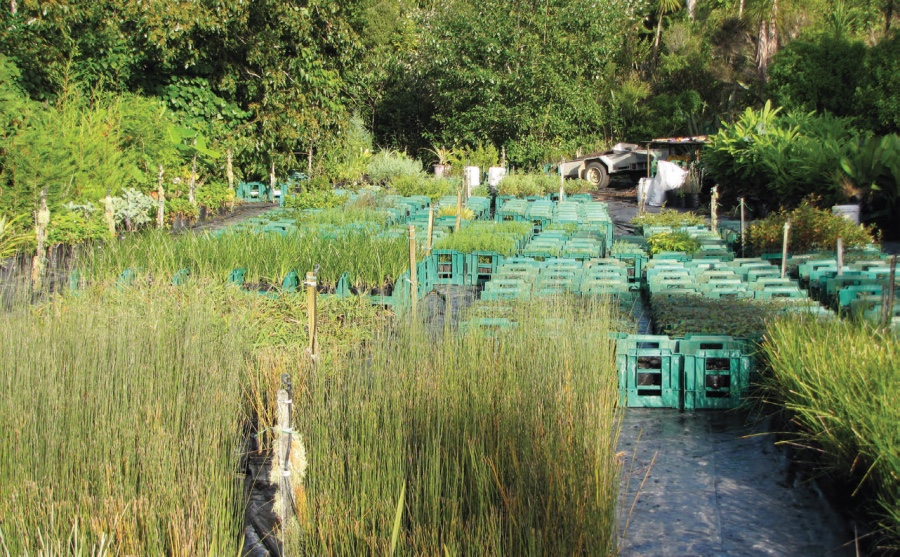
Farm forestry community
Dean’s service to the wider farm forestry community has been long, and since he joined the NZFFA executive team over 12 years ago, it has also been time-consuming. Living in Kerikeri and travelling to meetings in Rotorua, Wellington and Christchurch would be relatively easy if it was not for the first leg of the journey, from Kerikeri to Auckland − the shortest and most expensive. Despite this, Dean has continued to represent the NZFFA on various industry committees. These include biosecurity for six years, the Specialty Wood Partnership three years, and the New Zealand Standards Committee for NZS 3602, NZS 3603 and NZS 3640, which together govern how wood is preserved, specified and used in construction.
The NZFFA website has been Dean’s ‘baby’ and he managed continuing upgrades with external technical help for over 10 years. He has been newsletter editor for the Cypress Action Group and Farm Forestry Timbers for six years as well as chairing both groups. He still produces articles for the Tree Grower, other action group newsletters and national publications.
As mentioned earlier Dean undertook a post graduate masters degree four years ago which incorporated a sawing and value optimisation study for Eucalyptus nitens. What many of you may not realise is that E. nitens does not grow in the warm and sub-tropical north where he lives. In Dean’s word’s ‘There are lots of farm foresters who have grown nitens and someone needed to do the maths on it to prove that it could be successfully sawn to appropriate dimensions profitably and sold, despite what the detractors might say’.
As if all the work within New Zealand has not been enough, Dean has travelled a number of times across to Tasmania to collect parasitoid wasps which is hoped to be used as a bio-control agent for Paropsis charybdis, the eucalyptus tortoise beetle, which is a common browsing insect on some eucalypt species. He also rescued the southern ladybird Cleobora mellyi from the Marlborough Sounds and distributed it around New Zealand as a useful biocontrol agent.
Pruning and thinning
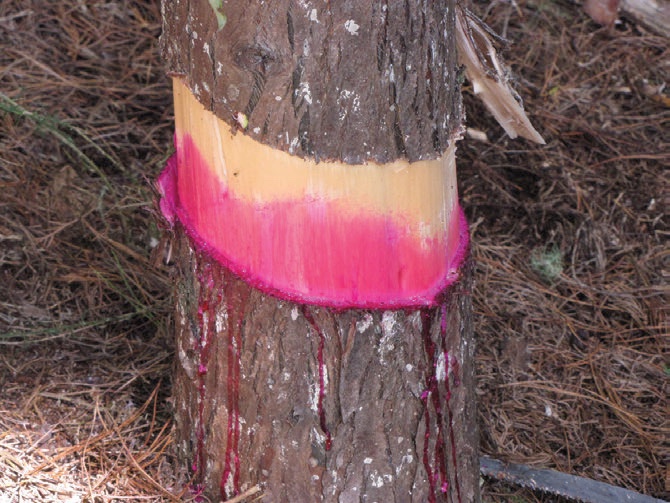
Dean has carried out a large amount of pruning to improve form and to maximise clearwood production and this has led to practical innovations. The best example is the use a battery powered reciprocating sabre saw for branch pruning and stand thinning.
Thinning takes place in spring and is achieved with a double ringbark cut around the stem into the sapwood, followed by the bark sheath being levered off, and an application of glyphosate solution to the exposed cambium on the lower part of the wound. The resulting stump stays alive due to root grafting to neighbours, with the upper portion of the tree slowly decomposing while still giving some mutual protection to its neighbours in the short term. This method is particularly effective with cypress.
The future
It is now a year since Dean stepped down as national President of NZFFA. When I asked him in Horowai forest what his plans were for the future he replied ‘I would really like to develop the best of these eucalypt stands into seed orchards so that the next generation of foresters up here don’t have to put up with crap genetics like I did. And there needs to be some work done developing appropriate cypress genetics for the north’. I suspect that there may also be some production thinning with case study done on the resulting value stream from stringybark eucalypts such as E. muelleriana, E. pilularis and E. globoidea which were planted 20 years ago, as Dean puts it, ‘to show other growers what they’re missing out on’.
Then there will be the commercial harvest from the forest. With the growth rates currently being achieved in Horowai it seems highly likely that there is a harvest and a second rotation planting just around the corner. With what has been learned so far, I suspect that the second rotation will leave the first well and truly in the shadows.
There is a new and exciting phase about to begin out in Horowai forest. Ricco’s son Li has his mill and processing site set up and when I visited, there were already filleted stacks of Dean’s timber awaiting the planer, some even colour coded according to the position in the tree stem to measure the characteristic strength, stiffness and durability.
Dean also has an idea for a kiln and storage unit to suit low volume wood producers. It is my observation that out east of Kerikeri in a forest called Horowai, innovation will continue to thrive, the future will be anything but dull, probably quite profitable, and the boundaries of the species planted, the technology used and the people who come to view, learn and work will continue to be pushed just a little.
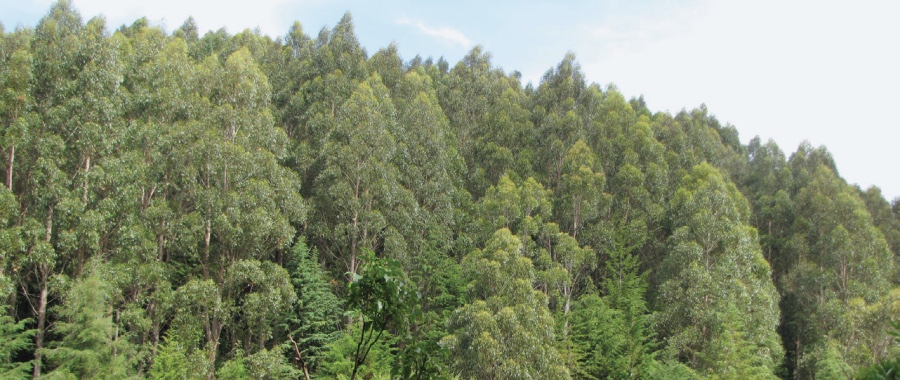

 Farm Forestry New Zealand
Farm Forestry New Zealand